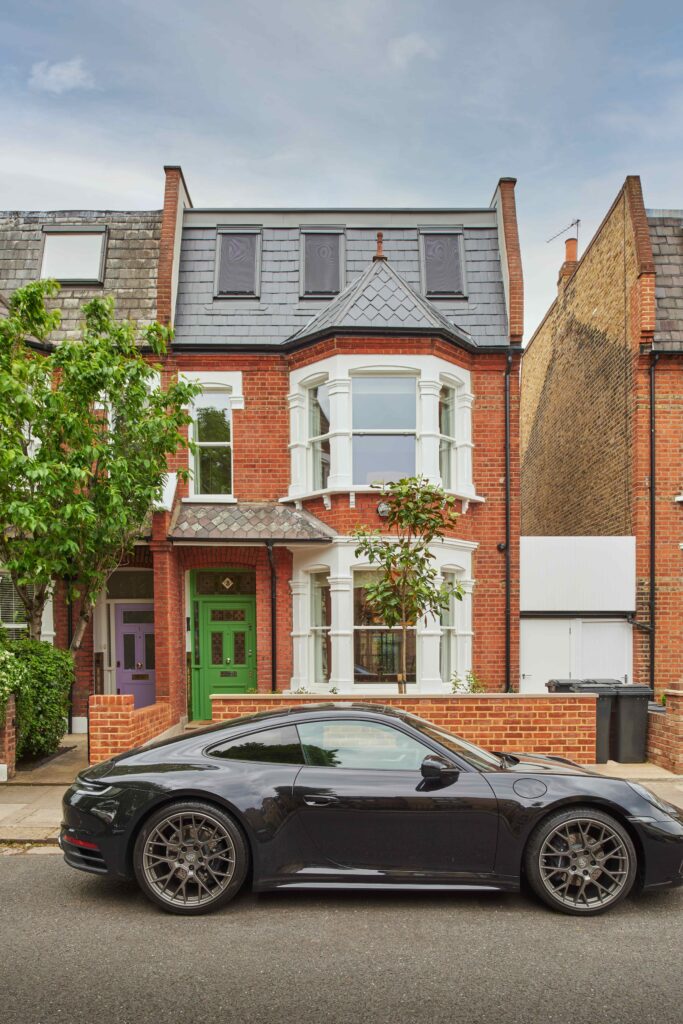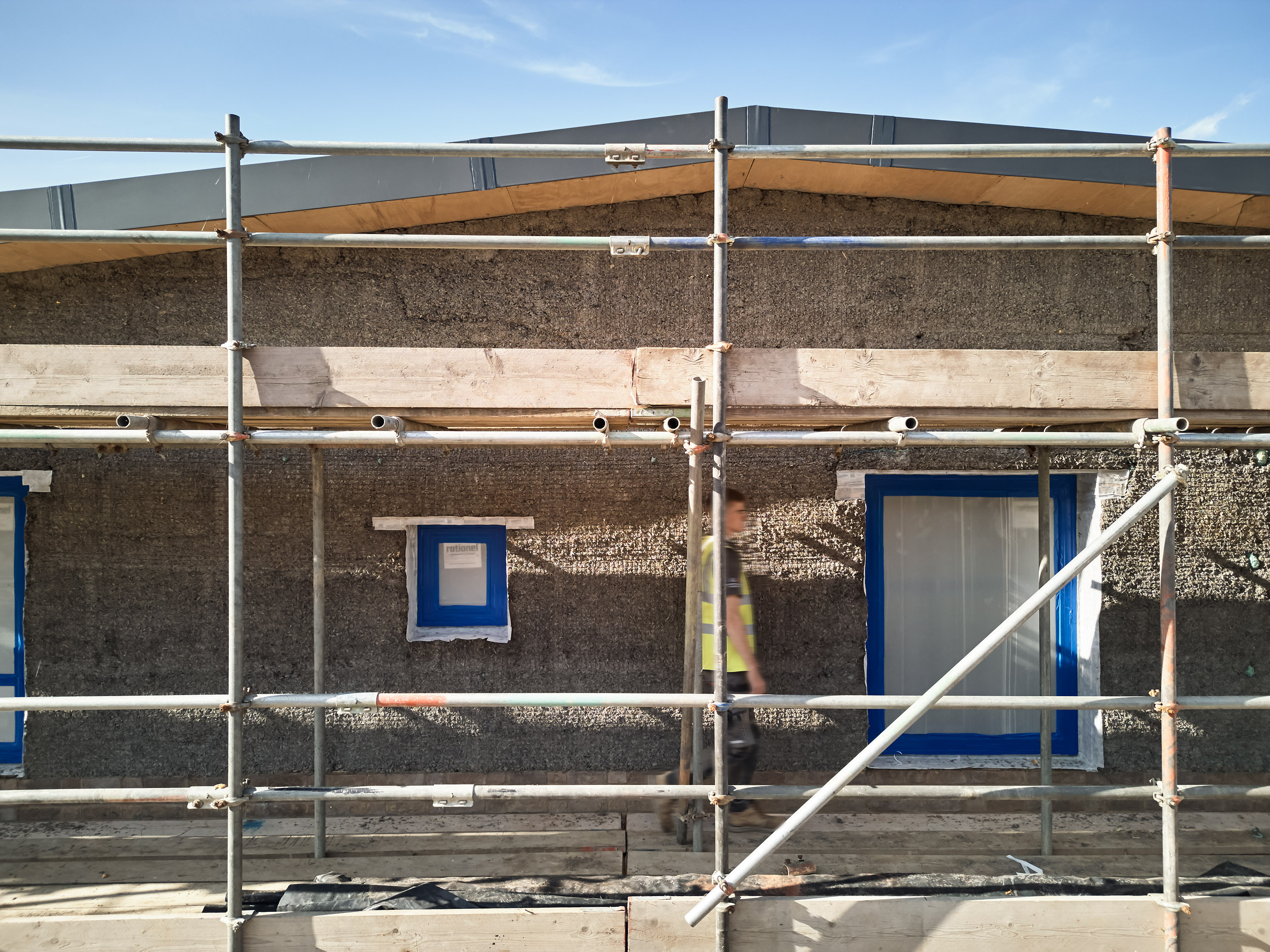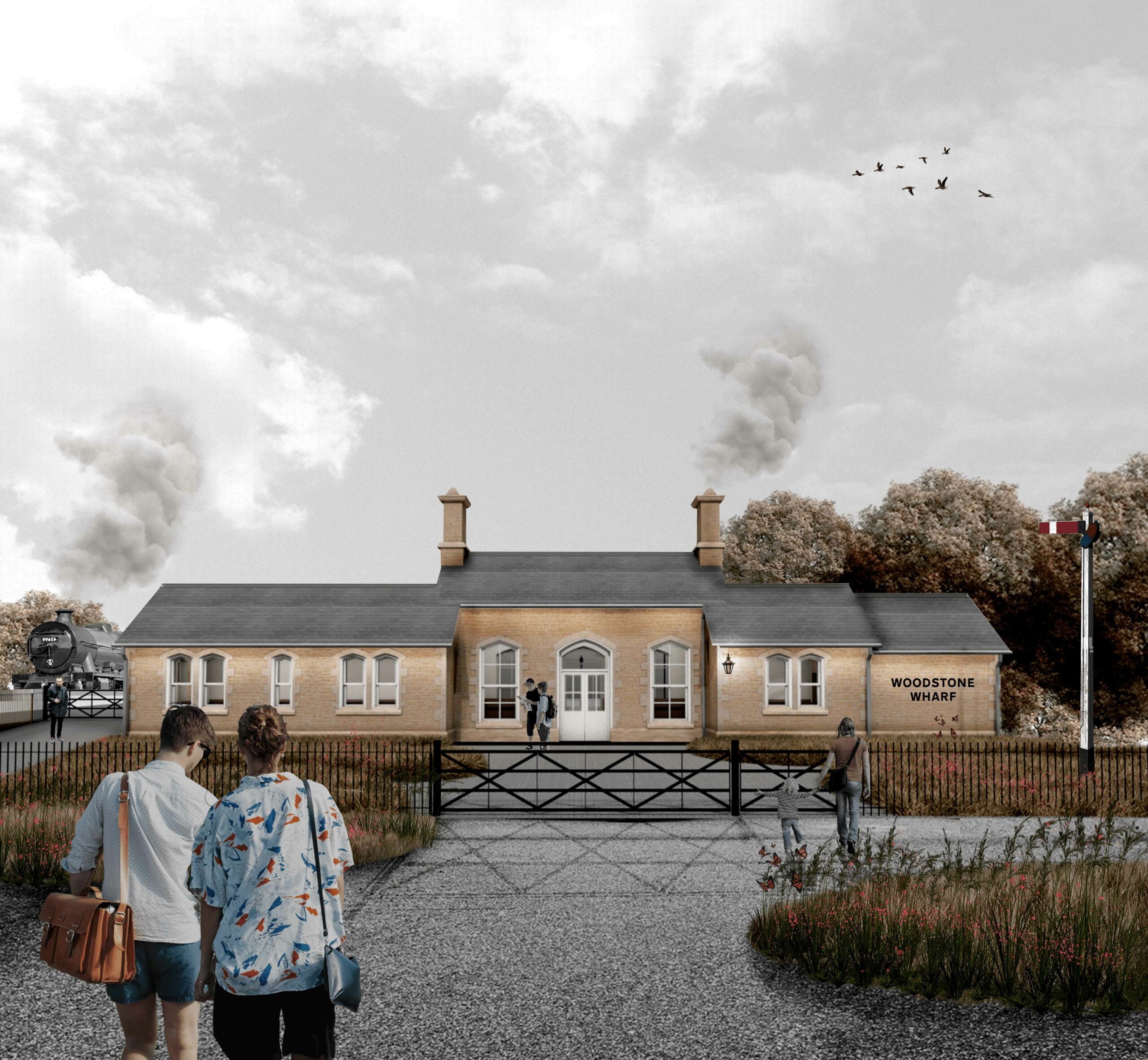
As the hottest summer on record fades away and the cold months draw nearer, it’s the thought on everyone’s minds: how to cope with their energy bills. Liz Truss’ plan to freeze bills for two years will have been welcomed by many around the country but average bills will still be around double the normal levels experienced before Russia’s deplorable invasion of Ukraine.
The energy crisis will hit the least well-off households hardest, 3.16million of which were already in fuel poverty in 2020. But everyone will feel the pinch and begin to wonder how to use less electricity and gas / oil.
On top of the immediate energy crisis, there is of course a much more serious long-term crisis: climate change. Climate change is no longer a problem of the future but the present: the devastating effects appear in the headlines on an almost daily basis. Just this summer, Europe has suffered its worst drought in 500 years, China the most severe heatwave ever experienced on the planet and unprecedented floods have left a third of Pakistan under water. Even our green and pleasant land has seen extreme temperatures and wildfires that we never thought we would see in our lifetime. These problems will only get worse until we get a grip on C02 emissions. An urgent and global green revolution is needed.
The silver lining to the darkening clouds of the energy crisis is that its solutions are also the solutions to the climate emergency. To quote Sir Winston Churchill we must not “let a good crisis go to waste”: we must take this opportunity to move away from damaging fossil fuels and towards a future of clean renewable energy.
Even better than using greener energy is, of course, not to use the energy in the first place. We already know how to reduce our energy use; we’ve known for decades but we haven’t been doing it nearly enough: we need to insulate our existing buildings (more on that in the next blog post). This isn’t just sticking some insulation in the attic but a much more thorough approach: replacing windows with high performance double or triple glazing, insulating walls and even floors where possible. At its best, ‘deep retrofit’ involves a complete overhaul of the building’s thermal fabric, eliminating cold bridges and improving air-tightness. A leaky old house can become a highly efficient ‘eco home’.

A deep retrofit can reduce space heating demand by up to 90% – that is an enormous saving which can eliminate fuel poverty and massively reduce households carbon footprints. At the same time, overheating can be reduced and air quality improved leading to better comfort and health. Later in this series of blogs we will go into more detail about how this is achieved and how we can help you make the right choices via energy modelling and the like.

Those planning extensions or refurbishments should consider whether this may be the perfect opportunity to upgrade the fabric of their property at the same time, even if only to a limited area. Deep retrofit will not be possible for everyone but improvements can always be made and, for those that can afford, this is becoming a moral obligation as well as good financial sense.
Watch out for further blog posts on the benefits (and challenges) of retrofit coming soon!


